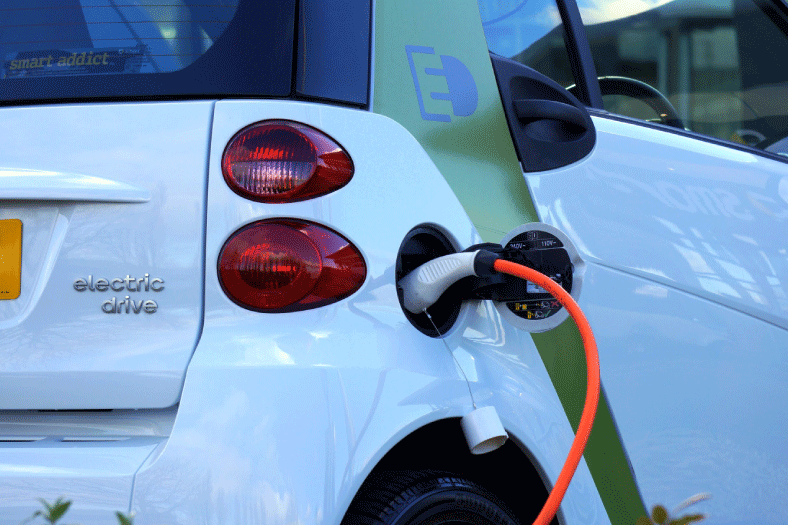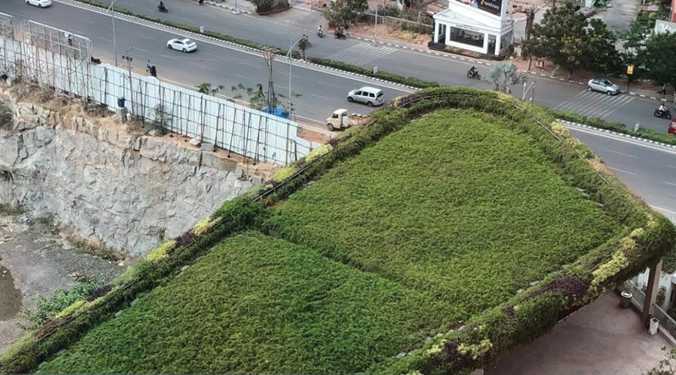Charging Infrastructure for EVs Needs Stronger Push

A rise in the use of electric vehicles in the country is going to impact real estate development. But work needs to be done. Here’s how.
Rapid urbanisation witnessed in the country demands for smart urban mobility solutions that are less taxing on the environment. In such a scenario, electric vehicles come as a possible solution. Instead, the conventional fleet of vehicles in India is growing rapidly: total vehicle sales (including motorcycles) increased stood at 262677.83 bn in 2018-19, according to SIAM data (Society of Indian Automobile Manufacturers). The total number of vehicles on the road is expected to grow significantly by the end of the next decade. As part of its overall mission to address the challenges related to urban mobility, the Union Budget 2019-20 emphasized the very need to promote the use of electric vehicles (EVs). Administrators at the centre, the states and the cities understand the pressing need to explore green fuel and zero-emission vehicles. This also means, in a decade, the government wants the cities to transition to options like electric vehicles. However, scrutiny of the current status of this ongoing transition in India reinforces the need for time-bound and impactful action towards this shift.
With policies and schemes in place for the introduction of EVs in both, the public and private transportation realms, the government is already working on a roadmap for setting up of supportive infrastructure across cities, around our homes and other places of importance such as educational institutions, community parking places etc. A key element here is the charging station infrastructure in the country.The National E-mobility Mission Plan 2013 targets sale of 6-7 mn electric vehicles by 2020 and plans to a transition where 30 per cent EVs has been envisioned on the road by 2030. To promote the use of electric vehicles, the government will also provide additional income tax deduction of INR 1.5 lakh on the interest paid on loans taken to purchase electric vehicles.
To meet the rising demand now the country needs to set up of a smart charging infrastructure.If we plan to use electric vehicles in a big way in coming decade and envision ourselves as the global manufacturing hub for electric vehicles, charging stations will have to be set up across all urban areas, and highways across the country to ensure assured and sustainable transition to electric vehicles.
Although the government maintains an optimistic stand when it comes to the transition to EVs, it must be borne in mind that charging infrastructure is key to the success of the desired shift. The size, type and capacity of the charging station, power requirements and inter-operability of charging stations set up at residential, commercial and institutional establishments are important criteria to be standardized, with an option for customization, for successful implementation of the plan. Different segment of vehicles (2W, 3W, PVs, CVs) may require a different type of charging standard (& connector), however, the charging infrastructure, at least at public places, should be common to the extent possible to reduce the infra cost.
Moreover, optimal locations for EV charging installations will change according to the location and type of equipment in use. Considering that the optimal locations for EV charging infrastructure in most cities with a tight land supply are difficult to obtain, it is significant to assess carefully, the planning of these sites in metros. Utilizing existing space within crowded cities is key here. This being said, if cities wish to reap the vast benefits of the shift to EVs and improve public health and quality of life, they will need to plan for the dramatic expansion of electric vehicle charging infrastructure.
However, we must bear in mind that ‘design’ matters. Bad charging station design can deter EV adoption rather than stimulate it. Good station design can help make it highly visible, easy to access, pleasant to sit at, and unlikely to be blocked by other vehicles. Working such features into EV charging station regulations and plans in cities can ensure that we move EV adoption forward.
It is important that governments and the private sector coordinate their deployment activities to ensure that convenient, affordable, and reliable public charging infrastructure is available to all EV drivers. There is still much more work to do. All including the centre, the states, the public level bodies and the private sector have to join hands to develop a robust charging infrastructure network.
Authored by:
Arumugham Shankar,
COO – Strategic Consulting,
JLL India
Cookie Consent
We use cookies to personalize your experience. By continuing to visit this website you agree to our Terms & Conditions, Privacy Policy and Cookie Policy.









